* I forget what I was taught. I only remember what I have learnt. – Patrick White *
What is Experiential Learning (EL)
Simply put, EL is ‘learning by doing’. There is of course more to it than that simple definition.
Let’s look at examples from adult age groups. Reflection on experiences works for adults. Reflection is encouraged and guided on an individual level (introspection) and group level (thru debrief sessions after each experience). This follows Kolb’s Learning Cycle.
(Following image created from the concept of Kolb’s Experiential Learning Model)
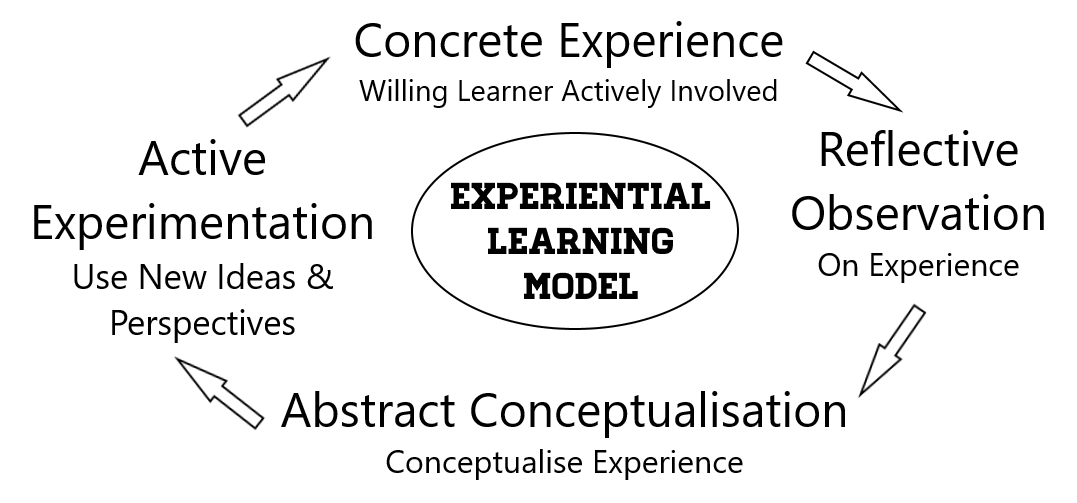
Example:
I was doing a programme for an intact business team, including the team-head (oldest in team).
An activity required the team members to ideate, generate alternatives and choose an estimate for the time they would take to complete the given task.
Through a 10-15 minutes discussion, the team chose an ‘average’ figure as its estimate.
Then they performed the activity, and completed it way before their own estimated time.
While exploring the reasons behind the variance, I pushed them to probe beyond the obvious reasons (like ‘we played safe’, ‘we had a buffer’ and ‘better to give the customer an estimated time for delivery and deliver earlier than the other way round’), it turned out that there were a few persons who had actually estimated a time much closer to the actual time but had not been able to influence the team’s final estimate. I then observed that the team had not actually probed the reasoning of such individual estimates to understand why people were thinking so different from ‘average’. It was at that point that the team-head said that he would like to admit something to the group. He had not even heard the estimates which were very different from his own. And then he added that one of those people had been just two places away from him during the ideation-discussion, and he had not ‘heard’ him at all. He very quietly made the connection to workplace and asked the group what their perception was of the quality of meetings conducted at the workplace. The ensuing discussion was, to say the least, very beneficial to the team.
What worked:
- The team head found ‘Reflective Observation’ and ‘Abstract Conceptualisation’ very effective.
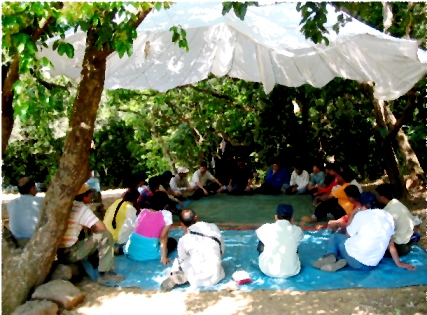
Why is EL useful? What are its distinguishing features/qualities?
- It is a personal experience: on physical, intellectual and emotional levels, and enables relating to one’s own context, needs, objectives, etc.
- Intensity and fun make it inherently appealing to participants: participants tend to stay engaged with the process
- Provides a safe environment: security to undertake physically challenging tasks, and freedom to happily make mistakes while learning
- A foreign platform (e.g., games, adventure activities) where everyone is ‘equal’ and challenges are the same for all
- Immediate feedback where reflection becomes more meaningful for learning AND which is followed by the next opportunity with a chance to apply learning
- Helps create link between theory and practice
- Can be aligned with individual, team, group goals
Example:
I was working a 1-month outdoor leadership course of the National Outdoor Leadership School (NOLS) in the U.S.A. We were in our third week. That means my ‘teaching’ and ‘coaching individuals’ for skill building had largely happened.
We were supposed to camp by a lakeside in the mountains, which required turning off our trail to go downhill at a random point to be identified on our map. The lake could not be seen through the tree cover on the slope.
I had judged that random point based on my awareness of the big landscape and the natural landmarks that I had identified based on my map-reading (meaning, I was not just looking at where I was putting my foot down for the next step). The students had the same map and were supposed to spot where to turn off to go down.
The students missed the lake. I hung back and walked behind them. For 2 miles.
Then I asked them what their ETD was at campsite which made them pause. It was then that they looked more closely at their maps, around them at our surroundings, and realised that they had overshot the lake.
We turned back and dropped down at the right place. We had a wonderful debrief session!
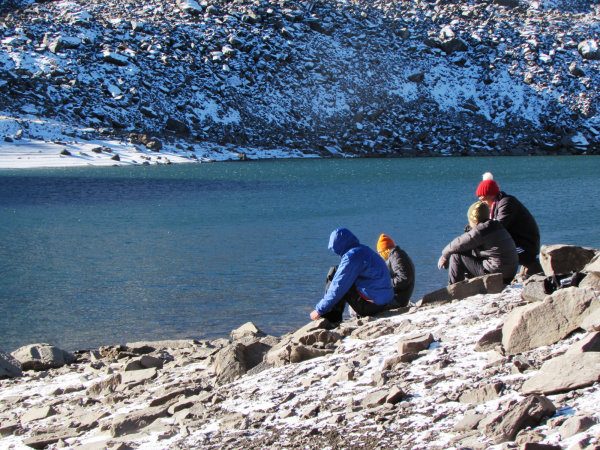
What worked:
Learners:
- Active experimentation stage in their learning process
- Feeling safe in committing mistakes – ultimately, I was their security
- Immediate feedback
- It was fun! We had a good laugh, they poked fun at me for making them to walk extra that day but realised the value in that when we debriefed their experience that evening
Educator:
- My belief in the value of mistakes in the learning process
- My flexibility: when to be an instructor & when a facilitator

Principles, concepts which I follow
Am expressing a few things here that are my own thoughts.
- Preparation: shared clarity in all entities: a) about the why of the programme and also programme methodology, b) about deliverables, c) programme content preparation
- Proactive approach: design and structure, leaving enough scope for people dynamics to unfold in a dynamic setting like experiential (e.g., it can and does more often than not become necessary to change a programme design as group dynamics emerge to influence a programme)
- Facilitator’s flexibility
- Solid outdoor skills if using adventure as a medium
- Maintain dignity of participants, irrespective of age profile: this could touch on
- Programme design (e.g., it is not always advisable to include rock climbing as an activity for adults since it is a skill not everyone can display without adequate training and extensive experience)
- Objectivity: stick to data, the here-and-now, without generalizing situations or labeling people
- Awareness about how I can never be fully aware of the larger context of participants
- Goals – of the programme, of individual participants, of the organisation, of participants
- Following the ‘Learning Cycle’, the ‘Experiential Learning Model’
- Feedback as a tool in the reflection sessions
- Helping bridge reflection points to participants’ reality through meaningful learnings (i.e., authentic & practicable points of learnings)
- Leaving changes to happen with the participants – they are ultimate decision-makers about what to change and when
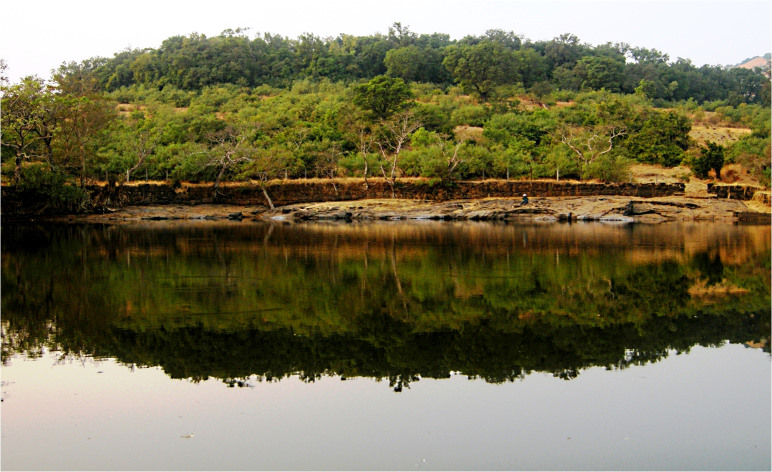
Example:
I was doing a programme for senior managers from a business.
Objective was to teach them a model of ‘feedback’ and then offer experiences which threw up enough ‘data’ for them to practice exchanging feedback according to that model.
There was a follow-up schedule: 30-45-60 day, one-one sessions
One manager had tried feedback with one of his subordinates who was struggling with their workload, but it had not worked. He had explored aspects like training need and willingness.
In our second follow-up session, I asked a few questions that focused on the larger picture of his team: e.g., Was there a problem with any process somewhere? Was this person’s struggle a consequence of a cause elsewhere? Could a systemic change help?
I learnt in our last follow-up session that he had concluded after a big-picture evaluation that the workload in his team had increased over time and this particular subordinate had ended up doing a lot of tasks not on their expectations-list. They hired a new person.
What worked:
- Change requires time a lot of times.
- My working as a ‘coach’: I asked a few pertinent questions. The participant ultimately knew his reality and could arrive at a solution that I could have never arrived at.
- Both of us keeping in mind that the struggling person’s dignity needs to be maintained throughout – one of the ways was to explore what could the superior be doing to help in that struggle.
- Use of feedback guidelines in all our conversations.

Experiential Education requires an awareness of and balance between a) organisational goals and programme objectives, and b) individual needs and aspirations. Learning is maximised only if the process stays participant-centric.
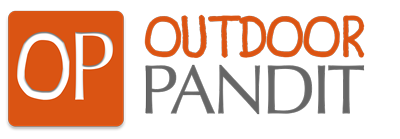
Great article Shantanu! Thank you for sharing your expertise and experience.
Hey Thanks, Mike!
Lot to learn from this. When the process is broken down like this, important role of each issue becomes clear and is given due importance.
Wish we had this kind of guidance when we organised our outdoor activities.
We somehow managed by common sense and must have made many mistakes but we’re unaware about them. Better late than never.
Your generation laid down the foundation in our state. Those days of yore were filled with equipment like leather mountaineering boots pitons and wooden-shaft iceaxes, and I guess same was the case with concepts defining/guiding functioning in outdoors. I dread to think what would have happened if outdoors and adventure had not taken root in our culture.